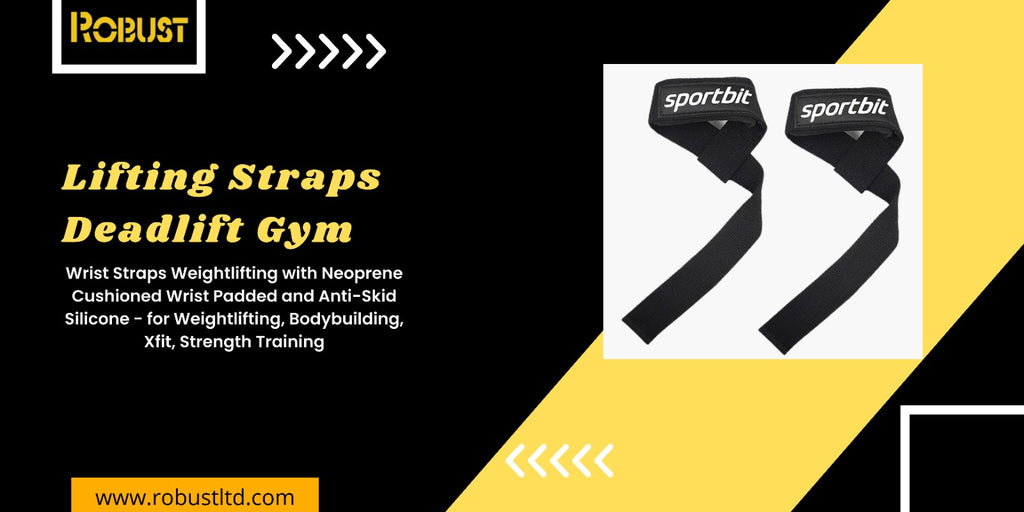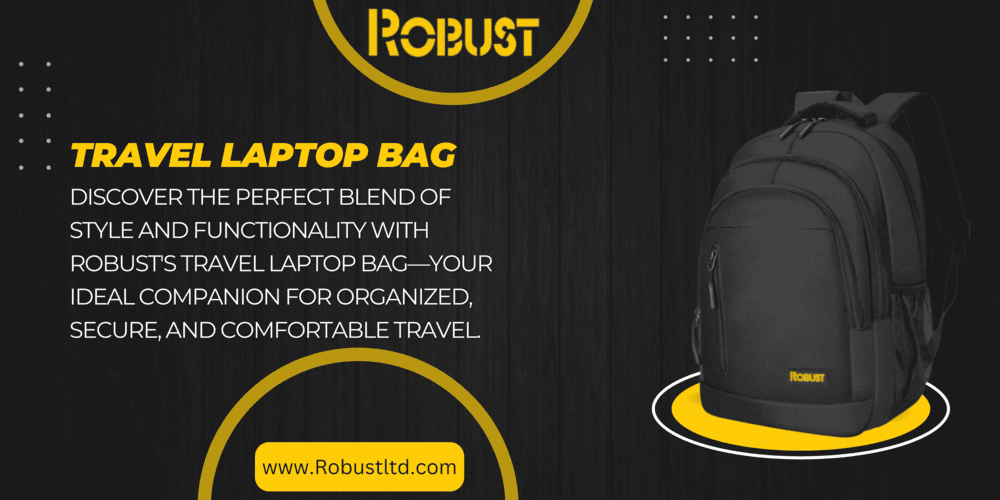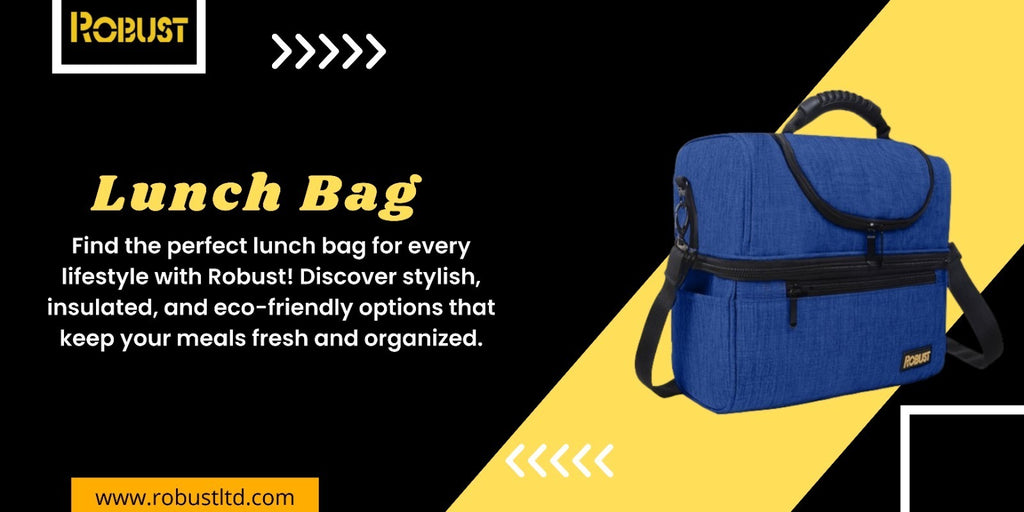
Maximize -Your- Workout- The -Ultimate -Guide- to- Using- Lifting- Straps

When it comes to pushing your limits and achieving your fitness goals, every detail counts. One such detail that can make a significant difference in your workout routine is the use of lifting straps. At Robust, we understand the importance of maximizing your workout efficiency, and lifting straps are an essential tool to help you achieve just that. In this comprehensive guide, we will delve into the world of lifting straps, exploring their benefits, types, proper usage, and maintenance. By the end of this article, you'll be equipped with all the knowledge you need to make the most out of your lifting straps.
What Are Lifting Straps?
Lifting straps are essential accessories used by weightlifters, powerlifters, and bodybuilders to enhance grip strength during heavy lifts. They are typically made of durable materials such as cotton, nylon, or leather and are designed to wrap around the barbell and the lifter's wrists. By doing so, lifting straps provide additional support and reduce the strain on the hands and forearms, allowing lifters to focus on their target muscles.
Benefits of Using Lifting Straps
Enhanced Grip Strength
One of the primary benefits of using lifting straps is the enhanced grip strength they provide. When performing heavy lifts such as deadlifts, rows, or pull-ups, the grip can often be the limiting factor. Lifting straps allow you to secure your grip on the bar, enabling you to lift heavier weights and complete more repetitions. This increased grip strength translates to better muscle engagement and overall strength gains.
Reduced Forearm Fatigue
Forearm fatigue is a common issue when performing exercises that require a strong grip. Lifting straps alleviate this problem by taking the pressure off the forearms and distributing the load more evenly across the wrists and hands. This reduction in forearm fatigue allows you to maintain proper form and technique throughout your workout, reducing the risk of injury and maximizing your performance.
Improved Muscle Isolation
Lifting straps can help you achieve better muscle isolation by allowing you to focus on the target muscles rather than worrying about your grip. For example, during back exercises like lat pulldowns or bent-over rows, using lifting straps can help you concentrate on contracting your back muscles, leading to more effective workouts and better results.
Increased Lifting Capacity
By providing additional support and reducing grip limitations, lifting straps enable you to lift heavier weights and push your limits. This increased lifting capacity can lead to greater muscle hypertrophy and strength gains over time. Whether you're a beginner looking to progress or an advanced lifter aiming for new personal records, lifting straps can be a valuable tool in your arsenal.
Types of Lifting Straps
Standard Lifting Straps
Standard lifting straps are the most common type and are suitable for a wide range of exercises. They typically consist of a simple loop that wraps around the bar and secures to your wrist. These straps are versatile and easy to use, making them a popular choice among lifters of all levels.
Figure 8 Lifting Straps
Figure 8 lifting straps are designed with a double-loop configuration, resembling the number eight. This design provides a more secure grip on the bar, making them ideal for heavy deadlifts and other pulling exercises. Figure 8 lifting straps offer maximum support and stability, allowing you to focus on your lift without worrying about your grip slipping.
Closed Loop Lifting Straps
Closed loop lifting straps feature a continuous loop design without any open ends. These straps are known for their simplicity and ease of use. They provide a secure grip and are suitable for a variety of exercises. Closed loop lifting straps are often preferred by beginners due to their straightforward design.
Padded Lifting Straps
Padded lifting straps are equipped with additional cushioning to enhance comfort during heavy lifts. The padding helps reduce pressure on the wrists and hands, making them an excellent choice for lifters who experience discomfort or pain during their workouts. Padded lifting straps offer both support and comfort, allowing you to lift with confidence.
How to Use Lifting Straps
Using lifting straps correctly is crucial to ensure safety and effectiveness. Follow these steps to maximize your workout with lifting straps:
Step 1: Positioning
Start by placing the lifting strap around your wrist. Ensure that the strap is snug but not too tight, allowing for proper circulation. The longer end of the strap should be hanging down.
Step 2: Wrapping
Wrap the longer end of the strap around the barbell. Begin by looping the strap around the bar and then back over itself. Repeat this process, wrapping the strap around the bar until it feels secure. The number of wraps will depend on the length of the strap and your personal preference.
Step 3: Securing
Once the strap is wrapped around the bar, tighten it by pulling the loose end. Ensure that the strap is securely in place and that there is no slack. The bar should feel stable and secure in your grip.
Step 4: Lifting
With the lifting strap securely in place, proceed with your lift. Focus on maintaining proper form and technique, allowing the lifting strap to support your grip. Remember to keep your wrists in a neutral position to avoid strain.
Maintenance and Care
To ensure the longevity and effectiveness of your lifting straps, it's essential to take proper care of them. Here are some maintenance tips to keep your lifting straps in top condition:
Regular Cleaning
After each use, wipe down your lifting straps with a damp cloth to remove sweat and dirt. This prevents the buildup of bacteria and extends the life of the straps. For deeper cleaning, you can hand wash the straps with mild soap and water. Avoid using harsh chemicals or abrasive materials that can damage the fabric.
Inspect for Wear and Tear
Regularly inspect your lifting straps for signs of wear and tear. Look for frayed edges, loose stitching, or weakened fabric. If you notice any damage, it's time to replace your lifting straps to ensure safety and effectiveness.
Proper Storage
Store your lifting straps in a cool, dry place away from direct sunlight. Excessive heat and moisture can weaken the fabric and reduce the lifespan of the straps. Avoid storing them in your gym bag where they may be exposed to other heavy items that could cause damage.
Conclusion
Lifting straps are a valuable tool that can significantly enhance your workout performance. At Robust, we believe in providing you with the best tools to achieve your fitness goals. By using lifting straps, you can enjoy enhanced grip strength, reduced forearm fatigue, improved muscle isolation, and increased lifting capacity. Whether you're a beginner or an advanced lifter, incorporating lifting straps into your routine can help you push your limits and achieve new levels of strength and muscle growth. Remember to choose the right type of lifting straps, use them correctly, and take proper care of them to ensure they remain effective and durable. Elevate your workouts with lifting straps from Robust and experience the difference they can make in your fitness journey.





